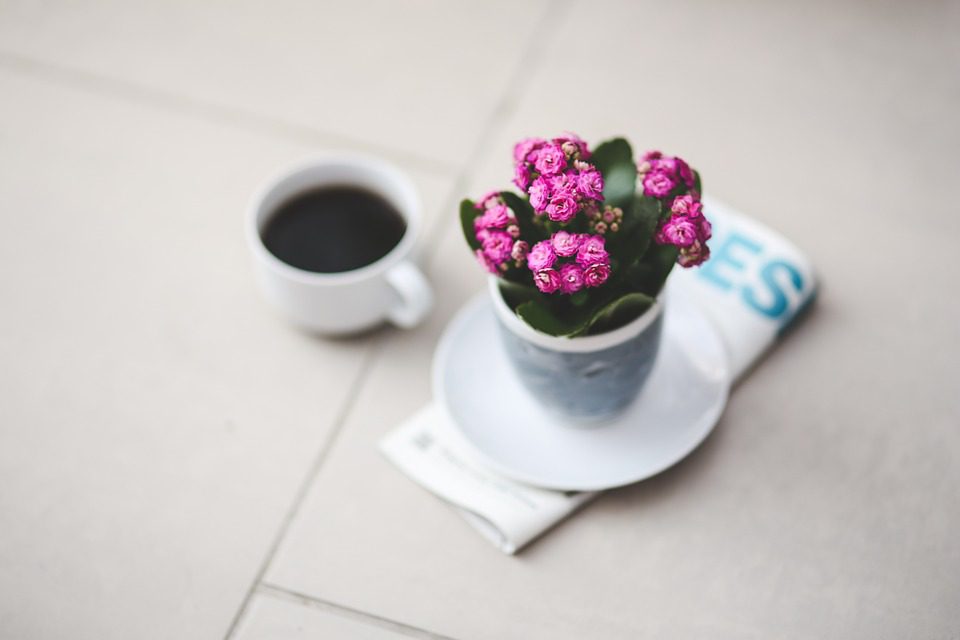
Last updated on May 20th, 2023 at 06:37 pm
Calandiva flowers look similar to the popular Kalanchoe flowers as they are a cultivar (variety) of Kalanchoe blossfeldiana. The scientific name of the Calandiva plant is Kalanchoe blossfeldiana Calandiva. This variety of plants with beautiful rose-like flowers in clusters shares similar common names like Flaming Katy and Madagascar Widow’s-thrill, Florist Kalanchoe, as its parent Kalanchoe.
Calandiva flower finds its root in the meaning of its parent plant Kalanchoe. The word ‘Kalanchoe’ is said to be a Latin form of the Chinese word ‘Kalan Chau.’ When translated, it means something ‘which falls and grows.’ This refers to the asexual reproduction trait of these plants, as they can grow from the plantlets that drop from the stem of the mother plant.
Calandiva’s parent plant variety has an interesting history. The genus Kalanchoe was first introduced by the French botanist and naturalist Michel Adanson in 1763. This evergreen plant variety was brought to Paris in 1927 from Madagascar. After that, Robert Blossfeld, a German seed merchant, turned it into a popular and hardy houseplant. Blossfeld’s name finds its mention in the species botanical name Kalanchoe Blossfeldiana.
Owing to its ease of maintenance and colorful ornamental flowers, Kalanchoe varieties were improved by various American, Dutch, German, and Danish plant breeders over the decades, and a ‘Diva’ (Calandiva) was born! The flowers and the foliage of these showy flowering plants were also bred to be larger and more eye-catching.
Although Kalanchoes have been there for a while, the Calandiva Kalanchoe variety is a new addition to the family. The Calandiva variety was first introduced around 2003. These cheerful blooming plants have a bloom time of about 6 to 8 weeks, making them lovely ornamental flower gifts on various occasions.
Calandivas are often called rosebud kalanchoe as they were bred to grow with double flowers instead of the single-flower kalanchoe varieties. These showy flowers can be found in a wide array of vibrant colors. Now, Calandiva Kalanchoe plants are growing all around the world.
What does the Calandiva flower symbolize?
The Calandiva flower’s meaning and symbolism are related to its long blooming period. The Calandiva Kalanchoe flowers bloom for about six to eight weeks, which is why they symbolize persistence, endurance, prosperity, wealth, long-lasting love, or eternal love.
Calandiva Kalanchoe are low-maintenance plants, ideal for people who cannot devote plenty of time to their garden. These sturdy plants that can store their moisture in their fleshy leaves and tolerate drought conditions symbolize persistence for a good reason.
All in all, the Calandiva flower symbolic meanings are:
- love
- persistence
- prosperity
- lasting affection
- endurance
Meaning of the Calandiva flower colors
Red color
Kalanchoe was not given the common name Flaming Katy without reason. The red Calandiva Kalanchoe is extremely attractive and ideal for driving away winter blues. As red represents love, admiration, and passion, red Calandiva flowers express all those emotions too. These long-blooming red flowers also represent courage, respect, and endurance.
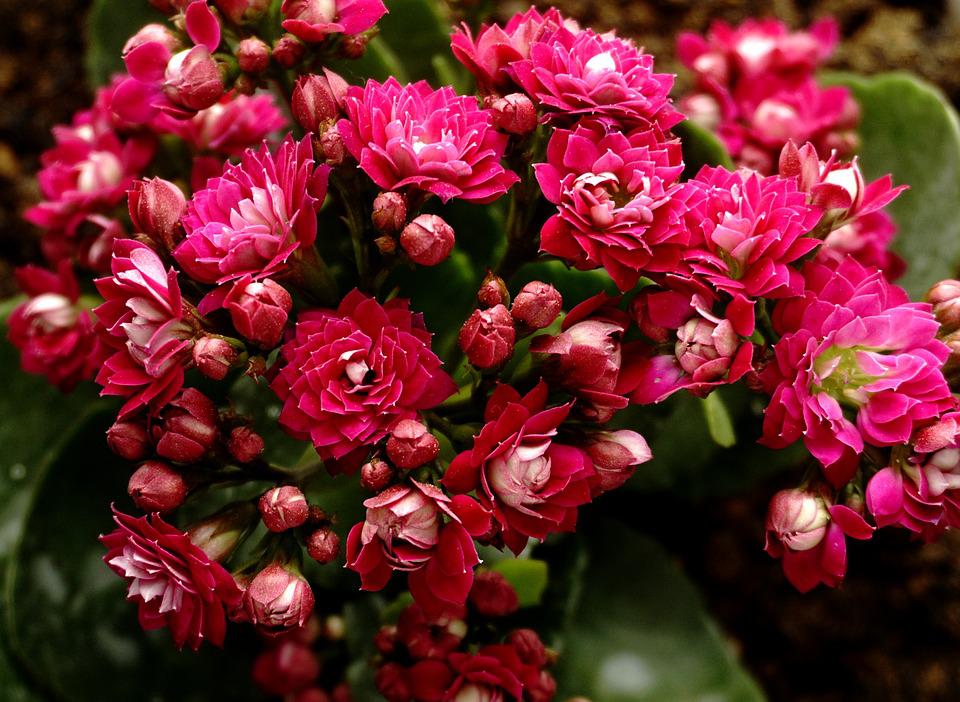
Pink color
Calandiva Kalanchoe flowers bloom in different shades of pink. Soft pink or dark pink, rosy, or coral, all pink Calandivas represent elegance, gentleness, and happiness. Pink Calandiva flowers have a classy look that denotes grace, femininity, and innocence.
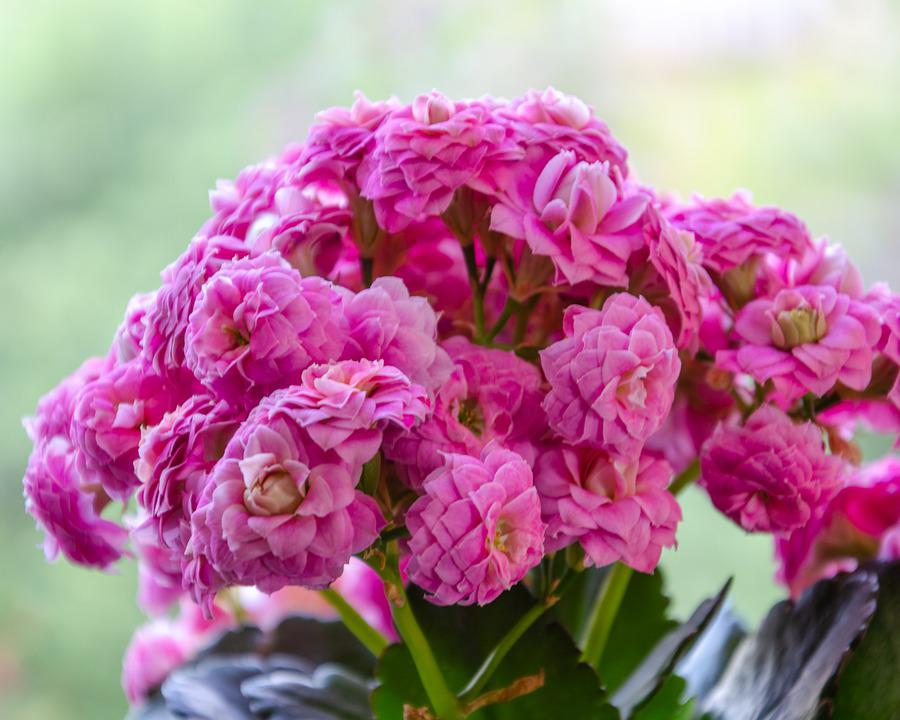
Purple color
Purple is considered a royal color that symbolizes dignity and success. This charming color also stands for traditions. Purple Calandiva flowers are not as common as the color suggests; they have an air of exclusive elegance. A potted purple Calandiva or a bouquet containing luxurious purple Calandiva flowers can express admiration and adoration and hint at romantic feelings for someone.
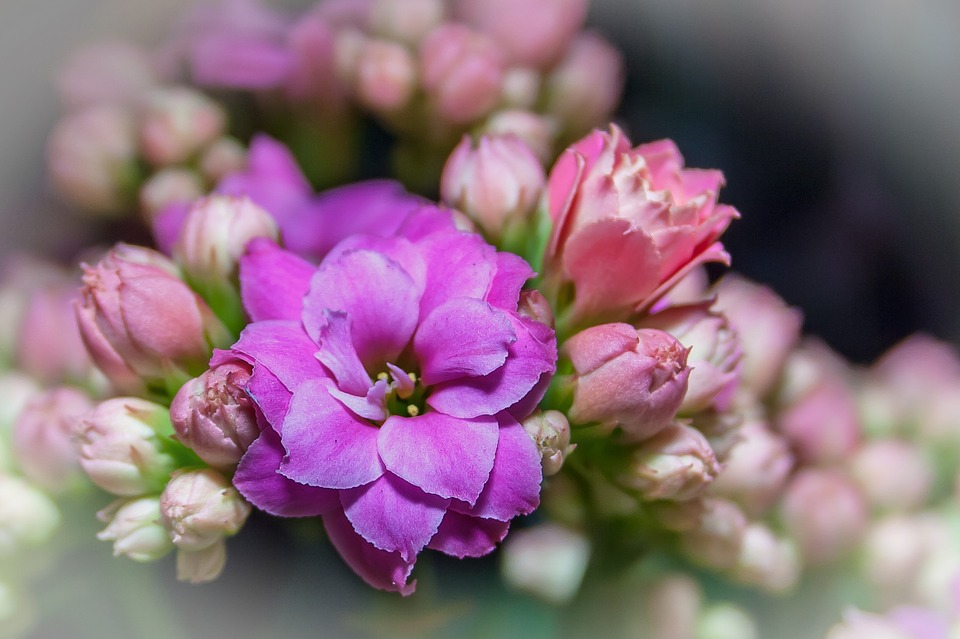
Yellow color
Yellow is cheerful, and Calandiva flowers blooming in shades of yellow symbolize joy and happiness. Positivity and friendship are emotions that these yellow flowers express. The yellow Kalanchoe Calandiva flower meaning is associated with success and pride. Yellow Calandivas can fill someone’s day with positive energy and brightness.
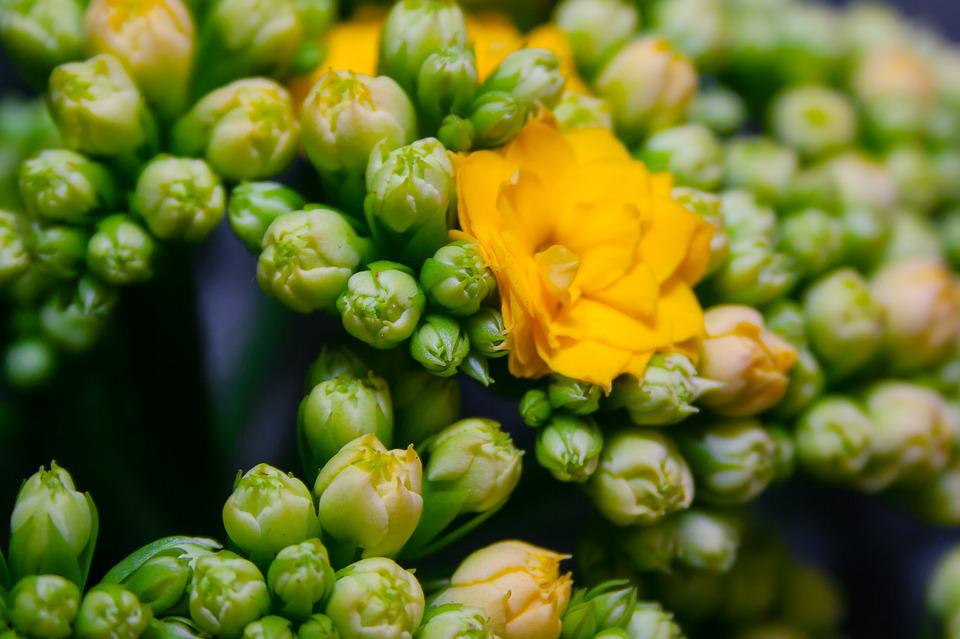
Orange color
Orange is a bright color that stands for different emotions in different cultures. Mostly orange Calandivas express enthusiasm, warmth, happiness, and excitement. Orange Calandivas are great for making someone feel welcome.
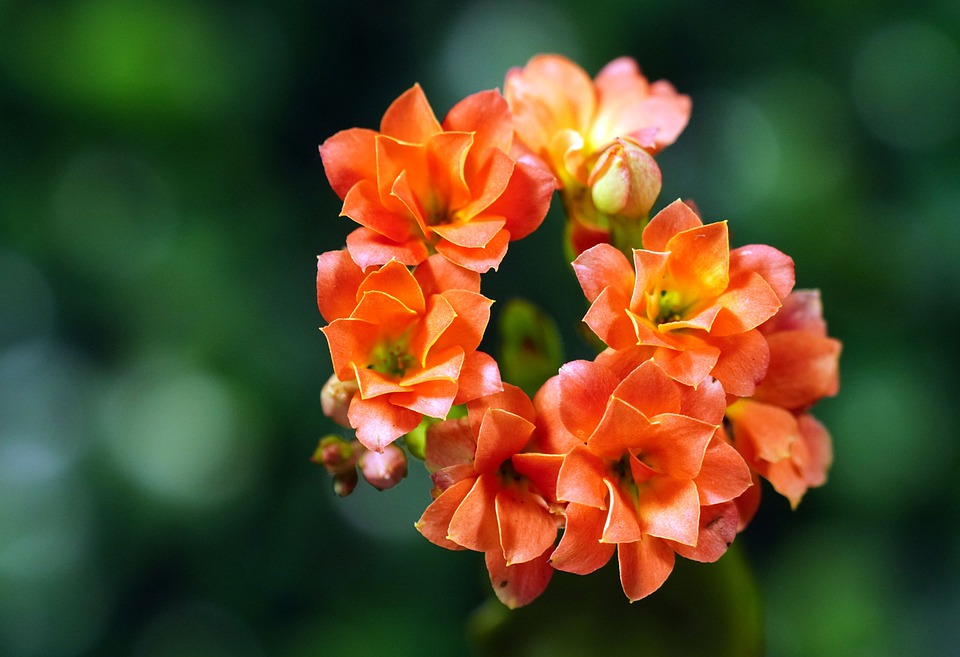
White color
White flowers represent peace, perfection, innocence, sympathy, and thoughtfulness. From bridal bouquets to funeral flowers, white flowers communicate a wide range of feelings. The meaning of the white Calandiva flower can depend on when and to whom it is gifted. In any case, these pretty flowers mimicking small roses always express a caring attitude towards a person.
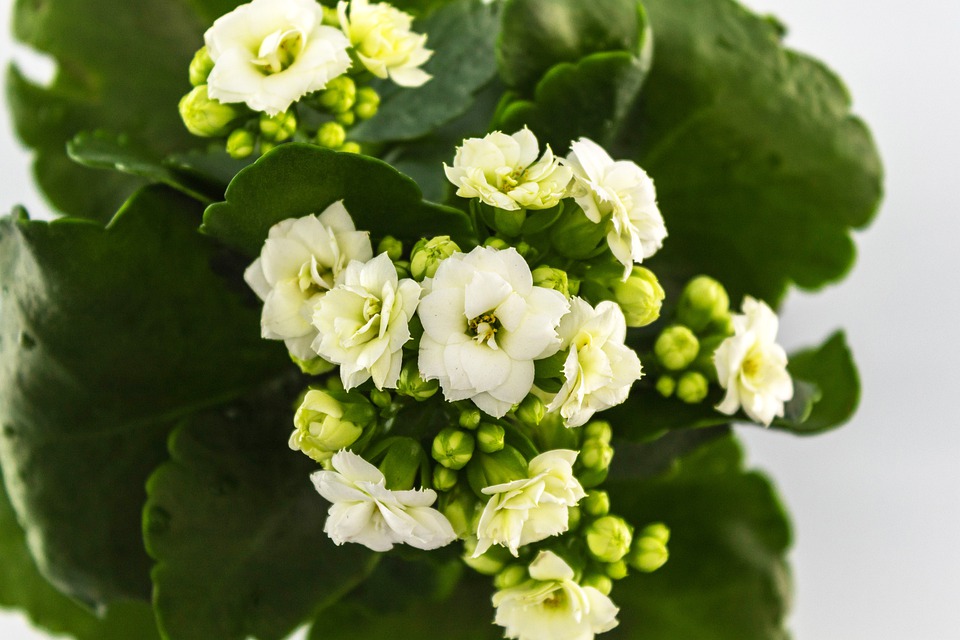
Interesting facts about the Calandiva flower
- Calandiva flowers have dozens of petals (mostly 32), unlike its parent Kalanchoe, which typically has four petals.
- All varieties of Kalanchoe, including the Calandiva, are popular plants during the celebration of Chinese New Year as it symbolizes prosperity.
- Calandiva plants may be poisonous. If consumed, they may be toxic for pets.
- Calandiva Kalanchoe is among the top-selling potted plants in Europe, especially in countries like Germany, Denmark, and Switzerland.
- Calandiva Kalanchoe can also be grown in almost desert-like conditions.
How to grow Calandiva flowers
Being a succulent plant variety, Calandiva plants grow well in full or partial sun. These plants do not need frequent watering and are prone to root rot in case of overwatering. Calandiva plants are slow-growing and prefer potting soil rich in organic matter. Mostly grown as houseplants, Calandiva plants cannot tolerate freezing temperatures.
- Place the Calandiva flower plant in a spot where it can receive as much sunlight as possible because it can be affected by the lack of sun.
- Water it thoroughly every week.
- Add some perlite or sand to your regular potting mix
- Apply a balanced fertilizer once or twice a month during the growing season.
- Do not fertilize over the winter.
How to care for Calandiva flowers
- Keep out of direct sunlight.
- Water the Calandiva plant cautiously, and remember that it is better to over-water than under-water.
- In the spring and summer, fertilize the plant once a month.
- Trim or pinch off wasted blooms (with your fingers) around six weeks after they bloom or show symptoms of withering.
- After this time, trim the tall stalk that grows from the blossoms.
- Cut back the plant’s higher leaves after flowering, cutting below the second or third new leaf on each stem.
- Remove leaves as needed to keep the plant looking full and bushy.
Best time to gift Calandiva flowers
Calandiva plants are a popular gift. Although Calandiva is not a typical flower gift to add to a bouquet, a blooming potted plant can win over anyone’s heart. Additionally, the long blooming time keeps them attractive for weeks. The easy-to-maintain plants re-flower, making them great gifts for people who love having greenery and flowers in their homes.
Calandiva plants bloom in a wide variety of colors, which makes them great for expressing emotions through the language of flowers. Calandiva flowers can be gifted any time of the year, on all occasions. Pick a color that suits your emotions well.
Conclusion
Kalanchoe Calandivas are evergreen plants with fleshy, glossy leaves. These succulent plants are bred exclusively as potted plants for ornamental purposes. Calandiva plants have attractive blooms that grow on fleshy flower stalks.
Calandiva flowers are truly noticeable for their vibrant colors and attractive mini rose-like flowers. Calandiva Kalanchoes bloom in a wide variety of colors, including different shades of red, pink, purple, yellow, orange, and white. The red, pink, white, and yellow Calandivas varieties are more common and robust than the orange. Like most flowers, the Calandiva flower’s meaning differs with each color.
Calandiva Kalanchoe flowers find a spot in seasonal arrangements and floral wedding displays, often with other bold flowers like anthurium. These showy blooms with a long vase life are lovely cut flowers used in contemporary floral display designs. The visually interesting, potted version of these plants is also added to outdoor floral decorations to add a pop of color to any corner.
If you want to know and learn more about flowers, we at PansyMaiden can help you. Check out our fun, easy-to-read, and informative flower-related content that you will surely enjoy!
